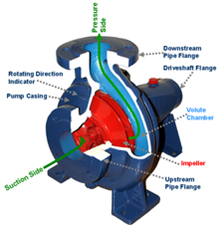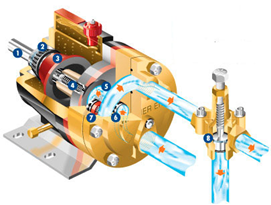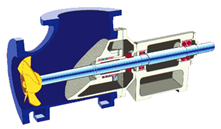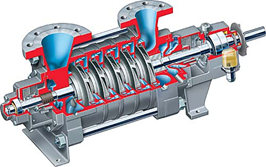RL Blogs
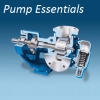
By Steve Pagani
Aug 08, 2016An introduction to the various types of pumps found in an oil refinery. |
||||||||
|
Pumps are one of the many critical pieces of equipment inside a refinery. They’re required to transfer fluid from one location to another, and you can’t do much without them. This blog is just a quick review of the various types of pumps and general services for a new engineer in an oil refinery.
Centrifugal Pump Centrifugal pumps are typically the most common type of pumps found in a refinery. Any pumps with one or more impellers can be categorized as centrifugal. There are
Positive Displacement Pump
Many chemical injection pumps tend to be positive displacement types due to the need for a low flow rates into high pressure systems.
Axial Flow Pump
Booster Pump Booster pumps are used to further boost the pressure in a system. It allows the building up of additional pressure need to move a liquid in a hydraulically challenged setting.
Screw Pump A screw pump is a positive displacement pump that uses several screws to move liquid along the screws’ axis. A three spindle screw pump is often used to pump high pressure viscous fluids. Three screws drive the pumped liquid forth in a closed chamber and as the screws rotate in opposite directions the pumped liquid moves along the screws’ spindles.
Multistage Pump
Pump Seals Mechanical seals are used to prevent leakage from rotating equipment. There is always a risk of a liquid, such as oil, leaking out of a pump and contaminating the environment. Seals reduce the probability of leaking by wrapping around a pump and providing a tight enclosure. There are several types of seals available to protect pumps. | ||||||||
|
|

